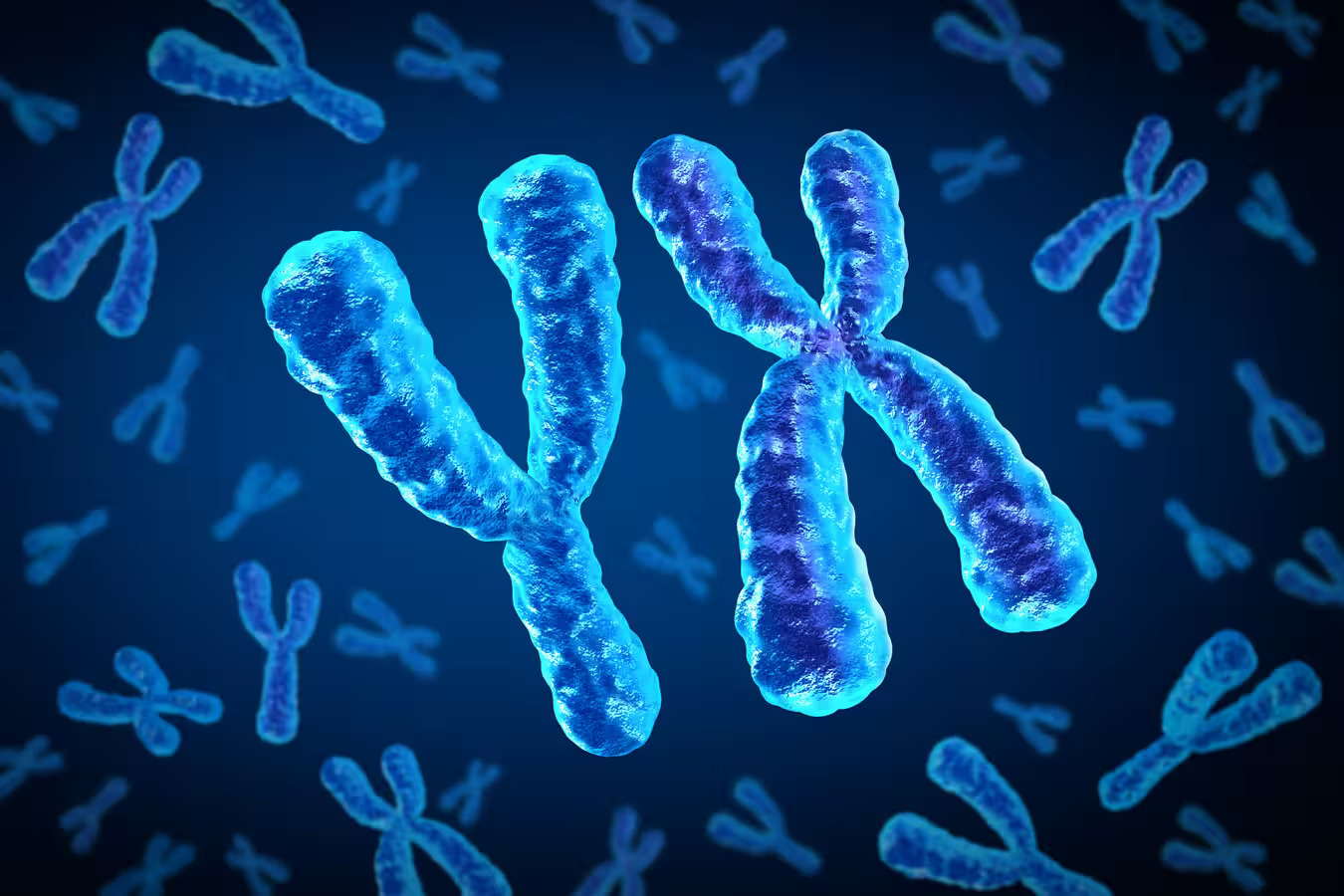
Homologous chromosomes are a fundamental concept in genetics. But what exactly are they? Homologous chromosomes are pairs of chromosomes in a diploid organism that have the same structure and carry genes for the same traits, though they may have different versions of those genes, called alleles. These pairs come from each parent, one from the mother and one from the father. They play a crucial role during meiosis, the process that creates gametes, or sex cells. Understanding homologous chromosomes helps explain genetic variation and inheritance patterns. Ready to dive into 33 fascinating facts about these genetic building blocks? Let's get started!
What Are Homologous Chromosomes?
Homologous chromosomes are pairs of chromosomes in a diploid organism that have the same structure and carry the same genes, but may have different alleles. These chromosomes play a crucial role in genetics and heredity.
- Each human cell typically contains 23 pairs of homologous chromosomes.
- One chromosome of each pair is inherited from each parent.
- Homologous chromosomes are similar in length, gene position, and centromere location.
- They pair up during meiosis, a type of cell division that reduces the chromosome number by half.
- Homologous chromosomes undergo recombination, where they exchange genetic material, increasing genetic diversity.
The Role of Homologous Chromosomes in Meiosis
Meiosis is essential for sexual reproduction, and homologous chromosomes play a pivotal role in this process.
- During meiosis I, homologous chromosomes pair up and align along the metaphase plate.
- This pairing is called synapsis.
- The process of crossing over occurs between homologous chromosomes, where segments of DNA are exchanged.
- This exchange of genetic material results in new combinations of alleles.
- Homologous chromosomes are separated into different cells during anaphase I of meiosis.
Genetic Variation and Homologous Chromosomes
Genetic variation is crucial for the survival and evolution of species. Homologous chromosomes contribute significantly to this variation.
- Recombination during meiosis creates new allele combinations.
- Independent assortment of homologous chromosomes during meiosis I leads to different combinations of maternal and paternal chromosomes.
- Mutations can occur in homologous chromosomes, introducing new genetic variations.
- Homologous chromosomes ensure that offspring inherit a mix of traits from both parents.
- Genetic diversity resulting from homologous chromosomes helps populations adapt to changing environments.
Homologous Chromosomes and Genetic Disorders
While homologous chromosomes are essential for normal development, errors in their behavior can lead to genetic disorders.
- Nondisjunction is an error where homologous chromosomes fail to separate properly during meiosis.
- This can result in aneuploidy, where cells have an abnormal number of chromosomes.
- Down syndrome is caused by an extra copy of chromosome 21, a condition known as trisomy 21.
- Turner syndrome occurs when there is a missing X chromosome in females.
- Klinefelter syndrome is caused by an extra X chromosome in males.
Homologous Chromosomes in Different Organisms
Homologous chromosomes are not unique to humans; they are found in all diploid organisms.
- Fruit flies (Drosophila melanogaster) have four pairs of homologous chromosomes.
- Pea plants, studied by Gregor Mendel, have seven pairs of homologous chromosomes.
- Homologous chromosomes in plants can undergo polyploidy, where they have more than two sets of chromosomes.
- In some species, homologous chromosomes can be involved in sex determination.
- Homologous chromosomes in yeast are used in genetic studies due to their simplicity and ease of manipulation.
Techniques to Study Homologous Chromosomes
Scientists use various techniques to study homologous chromosomes and their behavior.
- Karyotyping involves arranging and photographing chromosomes to study their structure and number.
- Fluorescence in situ hybridization (FISH) uses fluorescent probes to identify specific chromosome regions.
- Comparative genomic hybridization (CGH) detects changes in chromosome copy number.
- Chromosome painting uses different colors to stain homologous chromosomes, making them easier to identify.
- Genome sequencing provides detailed information about the genetic content of homologous chromosomes.
Interesting Facts About Homologous Chromosomes
Homologous chromosomes have some fascinating aspects that highlight their importance in genetics.
- The term "homologous" comes from the Greek word "homologos," meaning "agreeing" or "corresponding."
- Homologous chromosomes can sometimes carry genes that are not identical but still perform similar functions.
- The study of homologous chromosomes has helped scientists understand the mechanisms of evolution and heredity.
Final Thoughts on Homologous Chromosomes
Homologous chromosomes play a crucial role in genetics. They ensure genetic diversity through meiosis, where they exchange genetic material. This process, called crossing over, leads to unique combinations of genes in offspring. Homologous chromosomes also help in the accurate segregation of chromosomes during cell division, preventing genetic disorders.
Understanding these chromosomes is essential for grasping how traits are inherited and how genetic variation occurs. They are fundamental to the study of genetics, evolution, and biology as a whole. From Mendel's pea plants to modern genetic research, homologous chromosomes have been at the heart of many scientific discoveries.
So, next time you think about what makes you unique, remember those pairs of homologous chromosomes working behind the scenes. They are the unsung heroes of genetics, quietly ensuring the diversity and complexity of life.
Was this page helpful?
Our commitment to delivering trustworthy and engaging content is at the heart of what we do. Each fact on our site is contributed by real users like you, bringing a wealth of diverse insights and information. To ensure the highest standards of accuracy and reliability, our dedicated editors meticulously review each submission. This process guarantees that the facts we share are not only fascinating but also credible. Trust in our commitment to quality and authenticity as you explore and learn with us.
